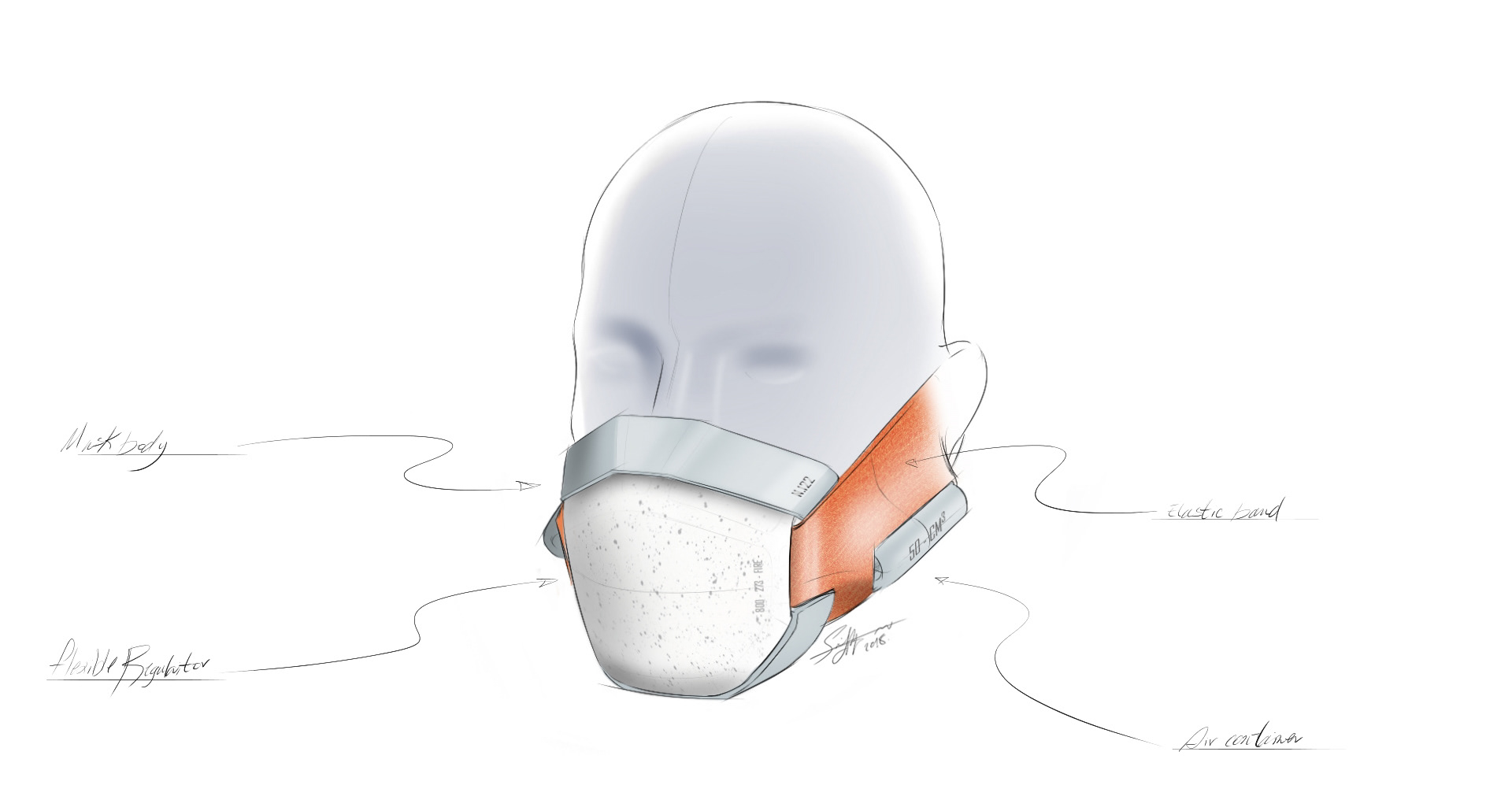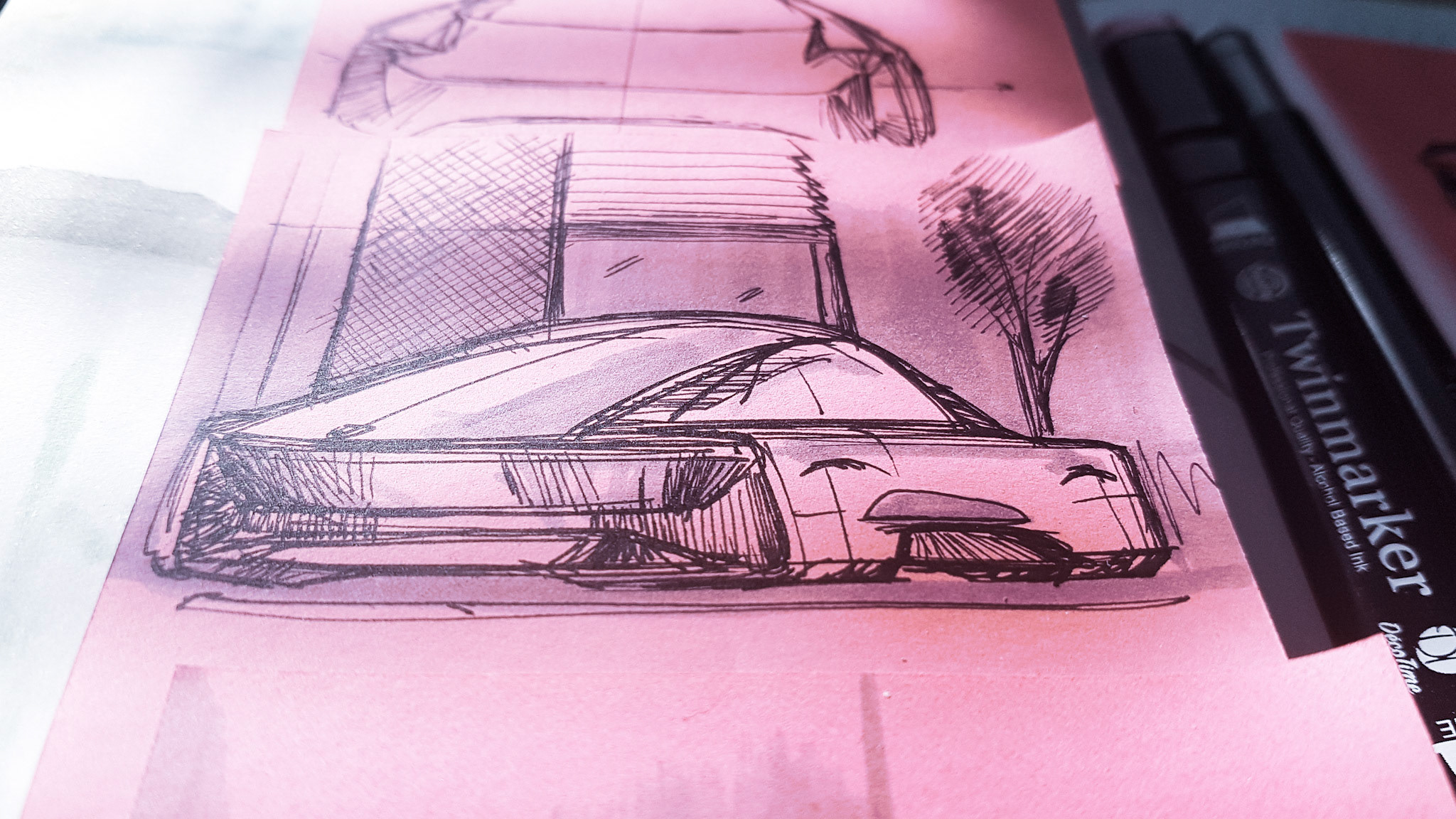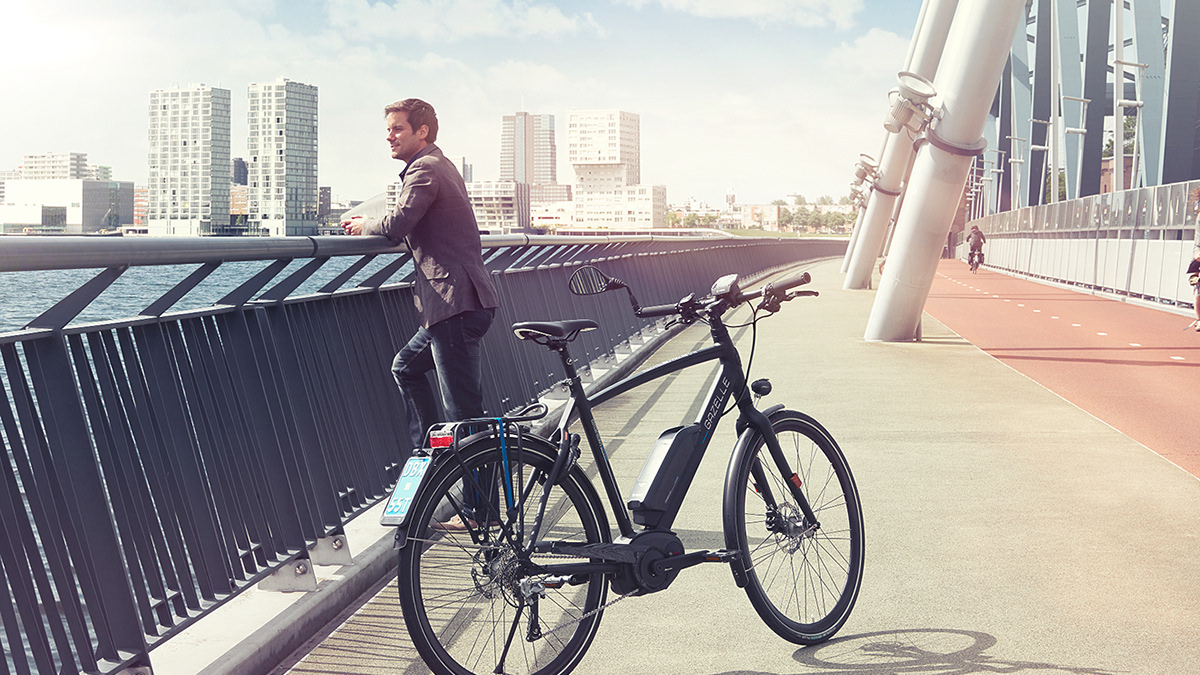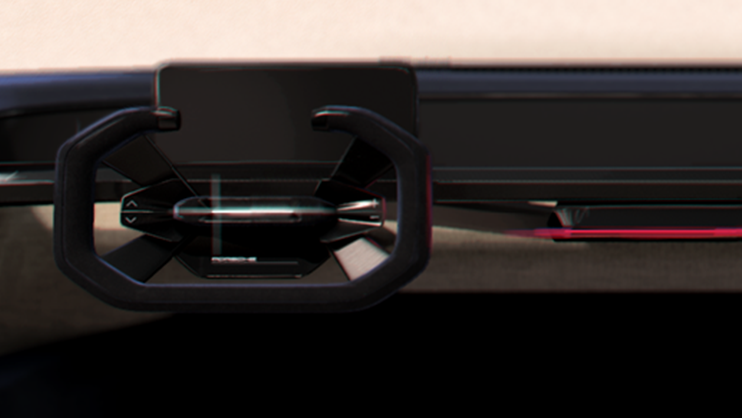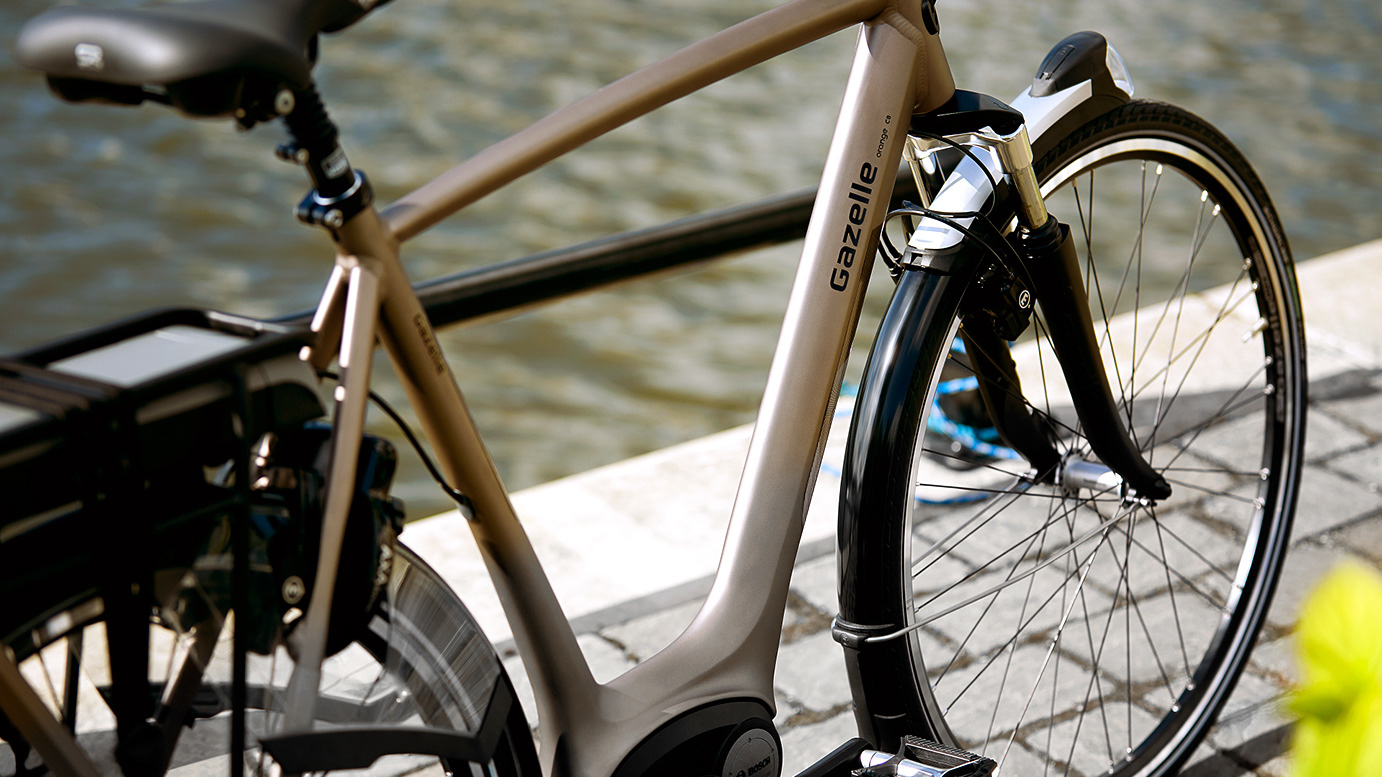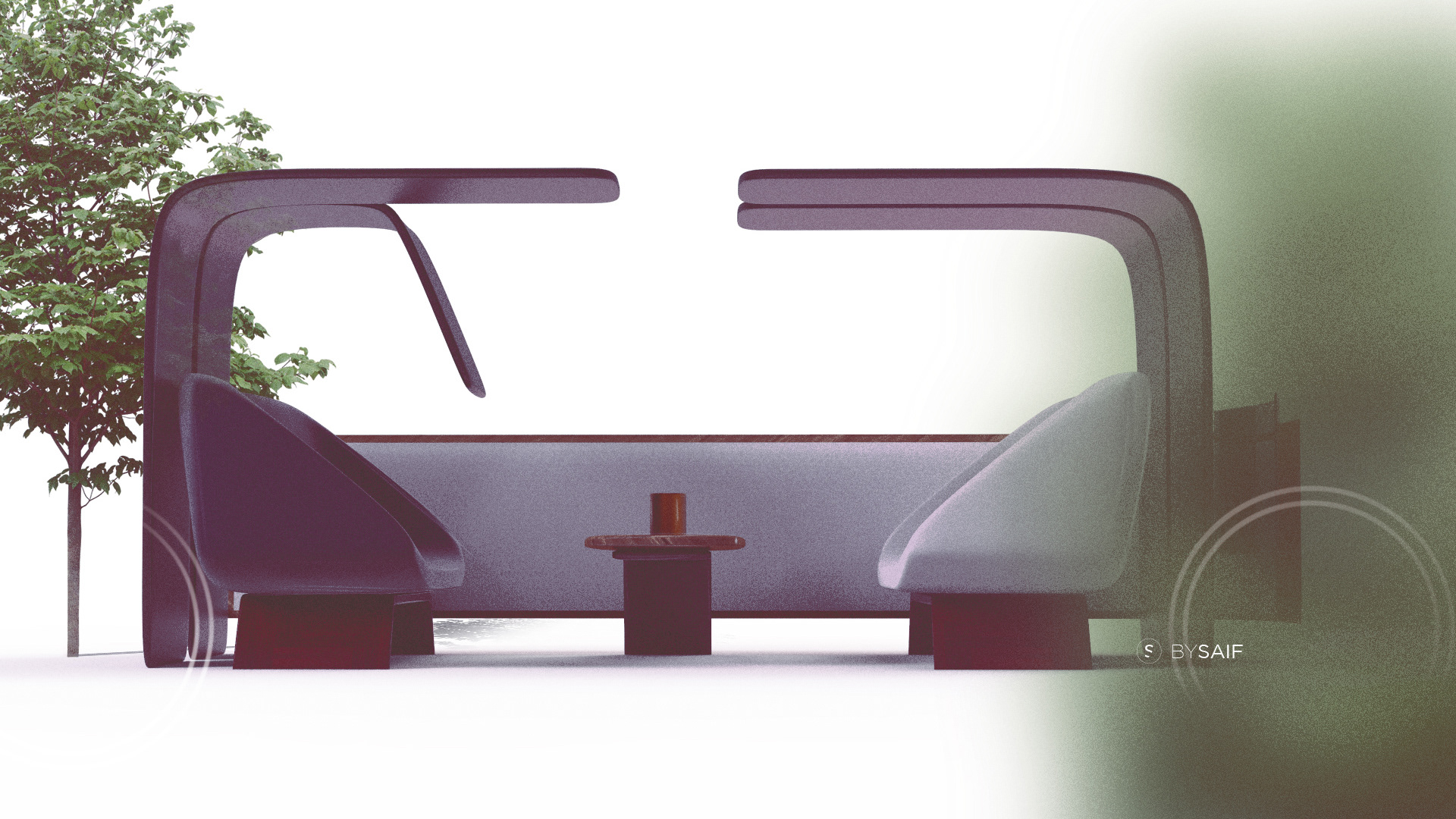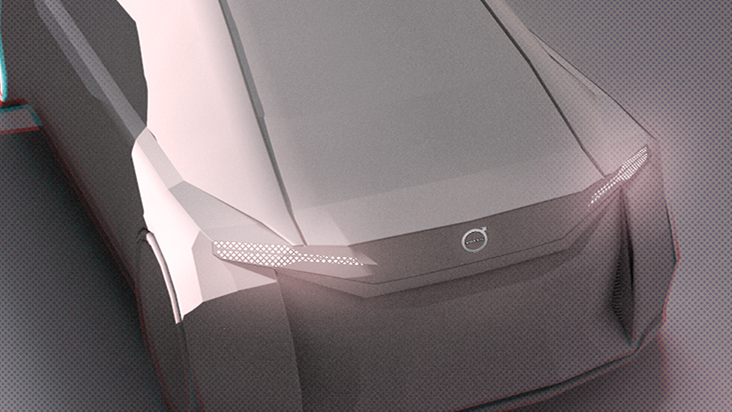
Submerged vehicle

Dwelling fire
worldwide
In 2016 circa 132,000 persons lost their lives in fire accidents globally. 50% of those casualties were caused by smoke inhalation and lack of oxygen .
On the other hand an estimation was made that approximately 2,000 to 5,000 persons died annually in submerged vehicles in the industrialized world. (Jr, J. R., 2011), (Giesbrecht, et al., 2017) & (Ritchie, et al., 2018).
For those reason, there can be chance to bring innovative re-breather device to the market which can help individuals in fire or submerged vehicle acceptances. Thus the question is HOW!
This research had been done in collaboration between VANBERLO agency.
VANBERLO
VanBerlo is a strategic and creative design agency which focuses on crating solutions for current and future problems.
THE PAPER
This research paper investigates the possibility of bringing a smart respiratory device to the market of fire safety and vehicle safety. The research is done by using interview method and questionnaires. That approach unveiled many insights regarding human purchasing behavior of safety products and the business strategy behind selling such products.
The research started by investigating the problem to understand the context and all other circumstances which can results in death by fire or in submerged vehicle.
That was followed by creation of a design solution in which it was used to test the hypothesis and investigate the possibilities of bringing innovation to the safety market.
At the last step the result of the research will form a work frame for designers, inventors or other businesses to follow.
HUMAN FACTORS:
Cause of Fire Death and death in submerged vehicle:
- The most of the fatalities are caused by smoke inhalation. 50% of the total fatalities are caused by smoke inhalation. (J. R., 2011; Anseeuw, et al., 2013);
- The most of the fatalities are caused by smoke inhalation. 50% of the total fatalities are caused by smoke inhalation. (J. R., 2011; Anseeuw, et al., 2013);
- Smoke decreases the ability of an individual, make decision, to evacuate or to escape;
- Difficulties to judge and evaluate the danger or understand the clue of fire (Kuligowski, 2013);
- Individuals who encounter an emergency suffer from aggression, panic and high level of stress, which among other factors influence their decision (Tancogne-Dejean, et al., 2016).
- Water, day light and driver behavior;
- Consumption of alcohol (Stjernbrandt, et al., 2008;
Wintemute, et al., 1990).
Wintemute, et al., 1990).
-Try to open the doors;
- Stay in the vehicle waiting the pressure to equalize;
- Calling for help;
- Stay in the vehicle waiting the pressure to equalize;
- Calling for help;
- Level of awareness about such accidents
THE HYPOTHESIS
The collected data about the market showed promising growth for the safety market (especially fire safety) in the upcoming years. That gave a positive impression to continue developing products and services that can help individuals to survive in those situations.
It is more likely for an individual not to follow the safety procedures all the time and in all circumstances. But delay in the evacuation process will increase the danger of fire death or drowning in the case of the submerged vehicle.
That is why supplying occupants with clean air can have a positive effect on increasing the chance of survival and sustain them in places where there is a lack of oxygen. However, a portable respiratory device alone seems not sufficient for such complex situations.
It is more likely for an individual not to follow the safety procedures all the time and in all circumstances. But delay in the evacuation process will increase the danger of fire death or drowning in the case of the submerged vehicle.
That is why supplying occupants with clean air can have a positive effect on increasing the chance of survival and sustain them in places where there is a lack of oxygen. However, a portable respiratory device alone seems not sufficient for such complex situations.
That is why such a device, should be connected (Smart Re-breather) to an emergency centre which speeds up to help arrival. Also, it could include lights and sound to guide an individual to safety and aid its decision making.
DESIGN FOR RESEARCH
Due to the complexity of accidents like fire and submerged vehicle, qualitative and quantitative data were needed. An interview research method was used to provide in-depth
qualitative data. A survey was used to provide qualitative and
quantitative data. The combination of those data was
essential to test the hypothesis and provide answers to the
research questions.
For that purpose, different templates and cards had been designed, which helped participants to express their knowledge, ideas and meaning regarding the hypothesis.
All the interviews were recorded than transcripted to be analysed using Thematic Analysis.
qualitative data. A survey was used to provide qualitative and
quantitative data. The combination of those data was
essential to test the hypothesis and provide answers to the
research questions.
For that purpose, different templates and cards had been designed, which helped participants to express their knowledge, ideas and meaning regarding the hypothesis.
All the interviews were recorded than transcripted to be analysed using Thematic Analysis.
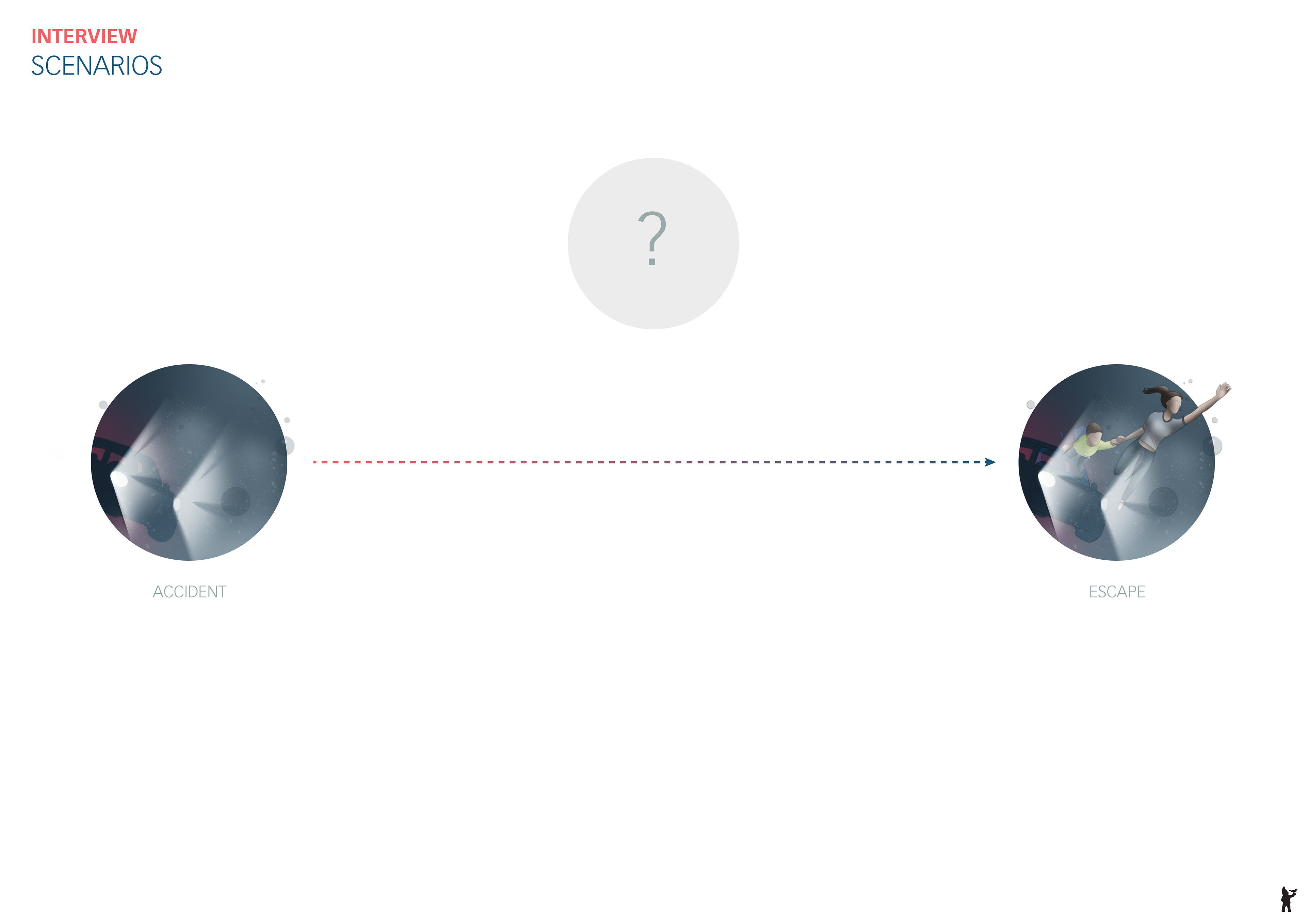
Accented journey, Original images by VANBERLO
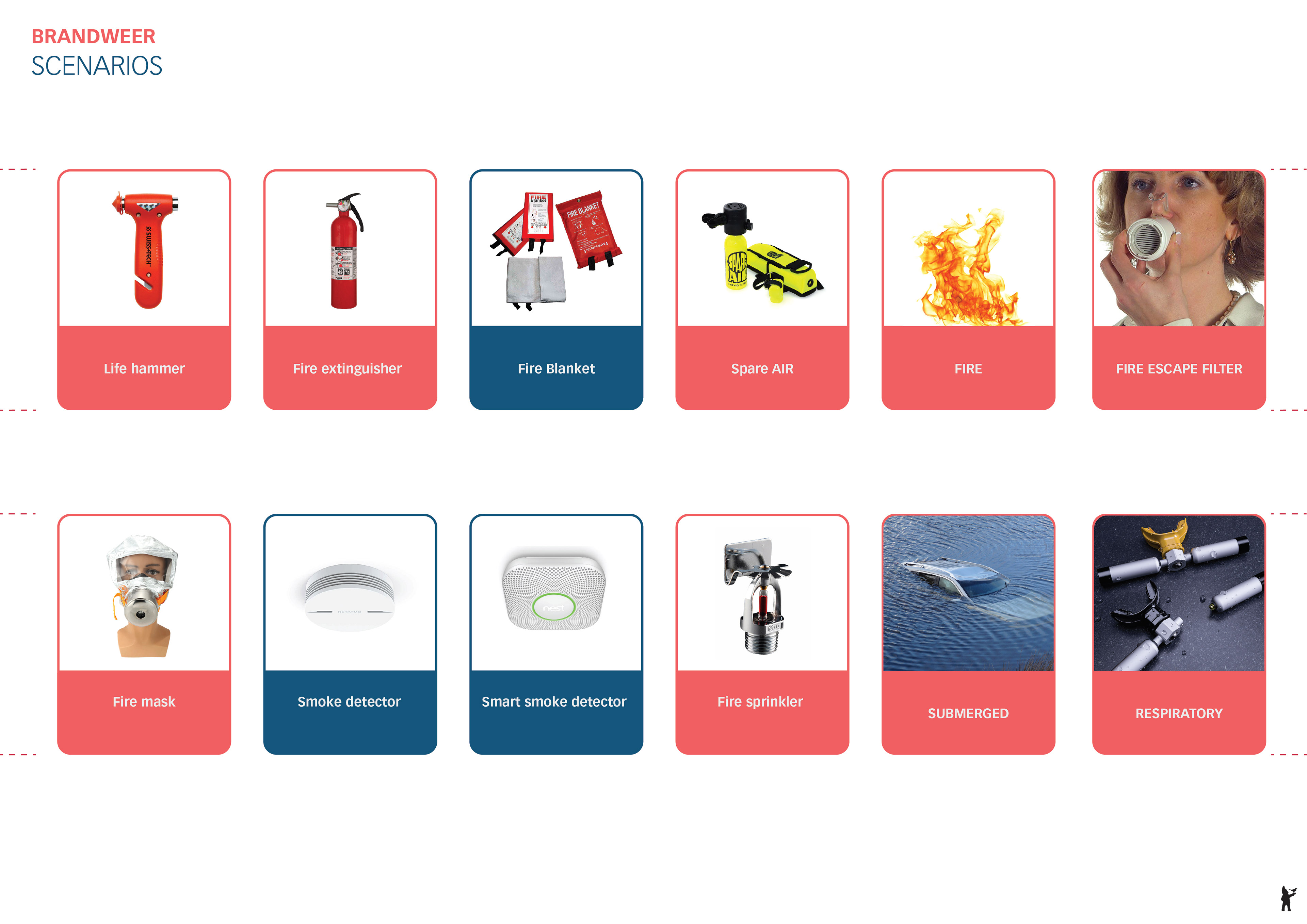
Tools cards
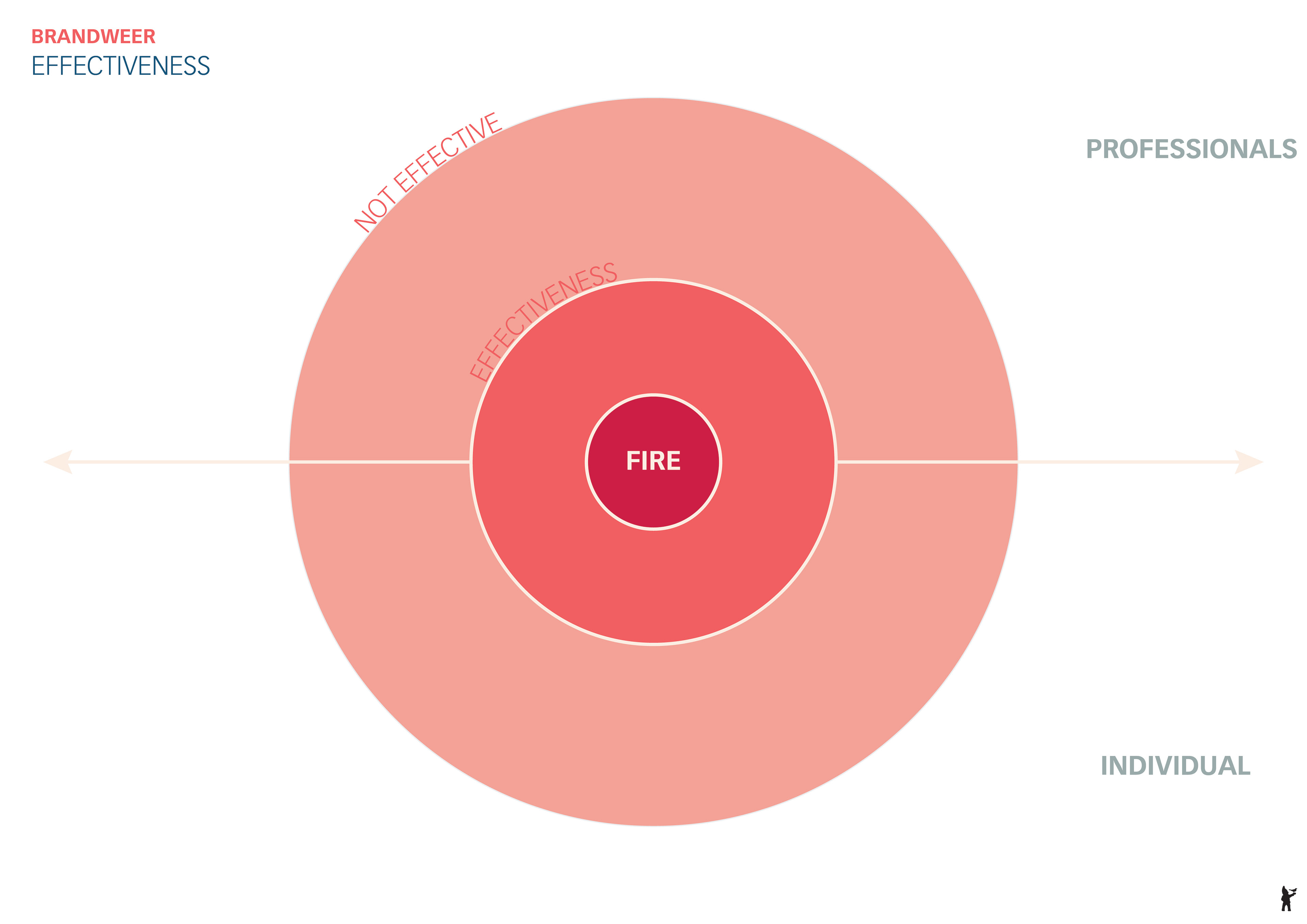
Tools performance
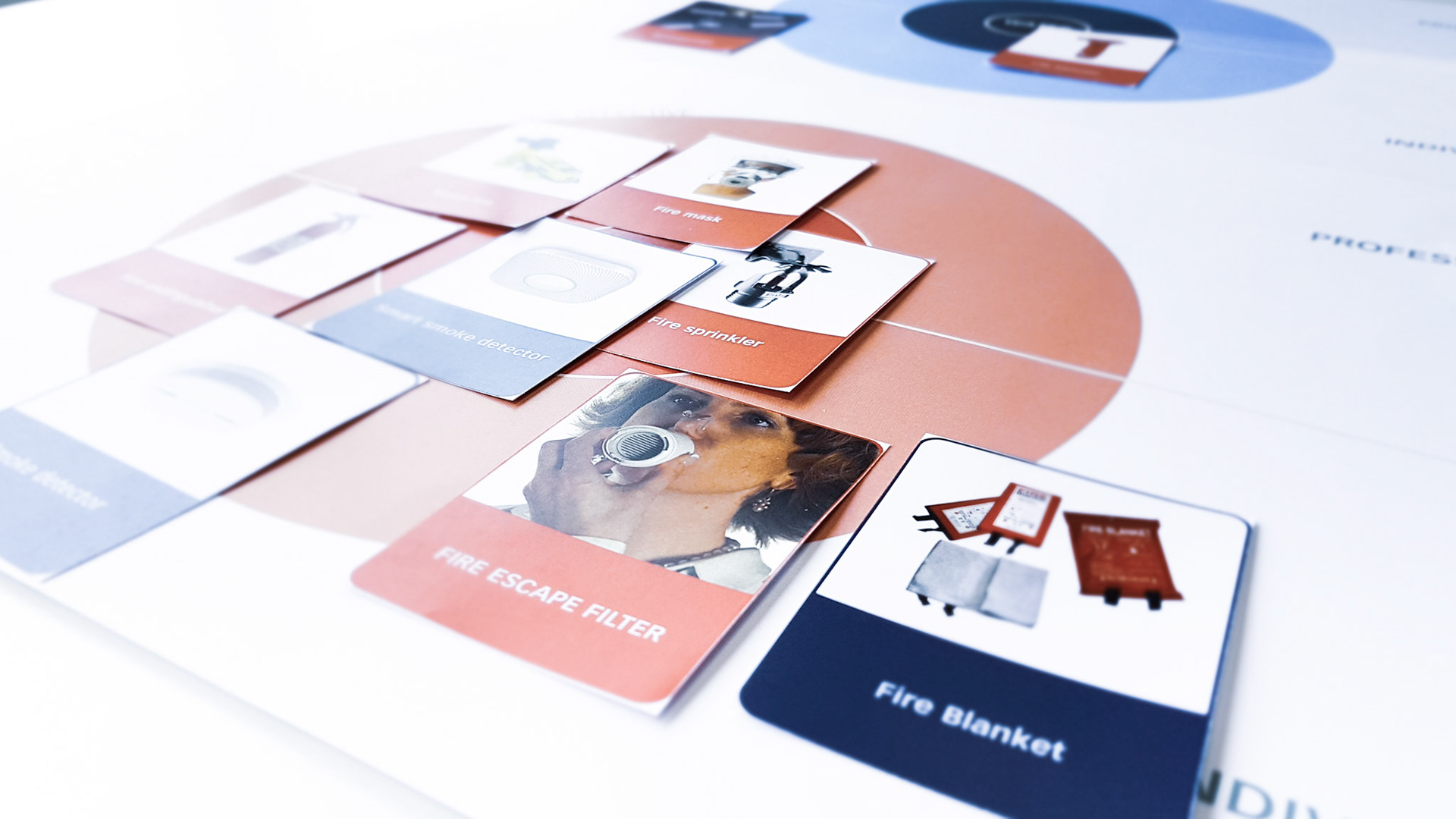
Tools preview
INTERVIEWS
Getting an accurate and more reliable answers for the research questions required inputs from different stakeholders who are active in the safety market or who has an experience with such extreme scenarios (fire & submerged vehicles).
This research was conducted with the following stakeholders:
This research was conducted with the following stakeholders:
- Bosch representative Fire Safety
- ANWB representative Vehicle Safety
- Brandweer team Safety experts
- Survivor Submerged vehicle
- Online Survey Costumers
- Follow up interview Costumers




Results & conclusion
Using the idea, a smart respiratory device (re-breather) as a topic of discussion to investigate the possibility of bringing innovation to the safety market. It helped to provide answers to the research questions:
- Why would costumers be interested in purchasing such a device?
- What are the business models and strategies that serve such solutions?
Researching the questions with experts and consumers, it became clear that consumers would not voluntarily purchase such devices. The survey shows that the 55% of the participants are not interested in smart devices and the other how are interested. They are more into intelligent tools that interact with their daily life. But there is no sign found about
an interest in a smart safety device. Thus, including connectivity and advanced technology into a respiratory device might not have a significant effect on purchasing behaviour.
Awareness of danger is a crucial factor in purchasing safety devices. Individuals who do not recognize the threat are not motivated to buy safety devices (like life hammer).
Furthermore, the qualitative data suggest that awareness about the problem and solutions are a crucial factor in the purchasing of safety devices. Besides, perceiving the danger of fire death or the fatality of a submerged vehicle is, what motivate individuals to purchase safety solutions.
The awareness about the problem and the solutions are something that should be created. That is why marketing effort is needed to educate people about such innovative
solution.
Furthermore, the qualitative data suggest that awareness about the problem and solutions are a crucial factor in the purchasing of safety devices. Besides, perceiving the danger of fire death or the fatality of a submerged vehicle is, what motivate individuals to purchase safety solutions.
The awareness about the problem and the solutions are something that should be created. That is why marketing effort is needed to educate people about such innovative
solution.
On the other hand, the market is driven by norms and regulations which maintains its sustainable growth. To put that in perspective, without regulations and norms -which
push safety products to the market- individuals will not voluntarily purchase safety devices. That is because individuals do not form an emotional bond with such devices and individuals have a low perception of danger.
push safety products to the market- individuals will not voluntarily purchase safety devices. That is because individuals do not form an emotional bond with such devices and individuals have a low perception of danger.
To avoid that obstacle regulations and norms are heavily required to succeed in the market. That needs an intensive collaboration between governments and companies. Another factor to be considered is that the price of such a product influencing purchasing behaviour. To conclude, the chance is very minimum to bring such an idea to the market without norms and regulations. Otherwise, a company will have to create awareness about those problems because many individuals will not voluntarily purchase it.
The other conclusion is that the development of norms and regulations that push the product is the strategy which makes a sustainable growth in this market.
The other conclusion is that the development of norms and regulations that push the product is the strategy which makes a sustainable growth in this market.
